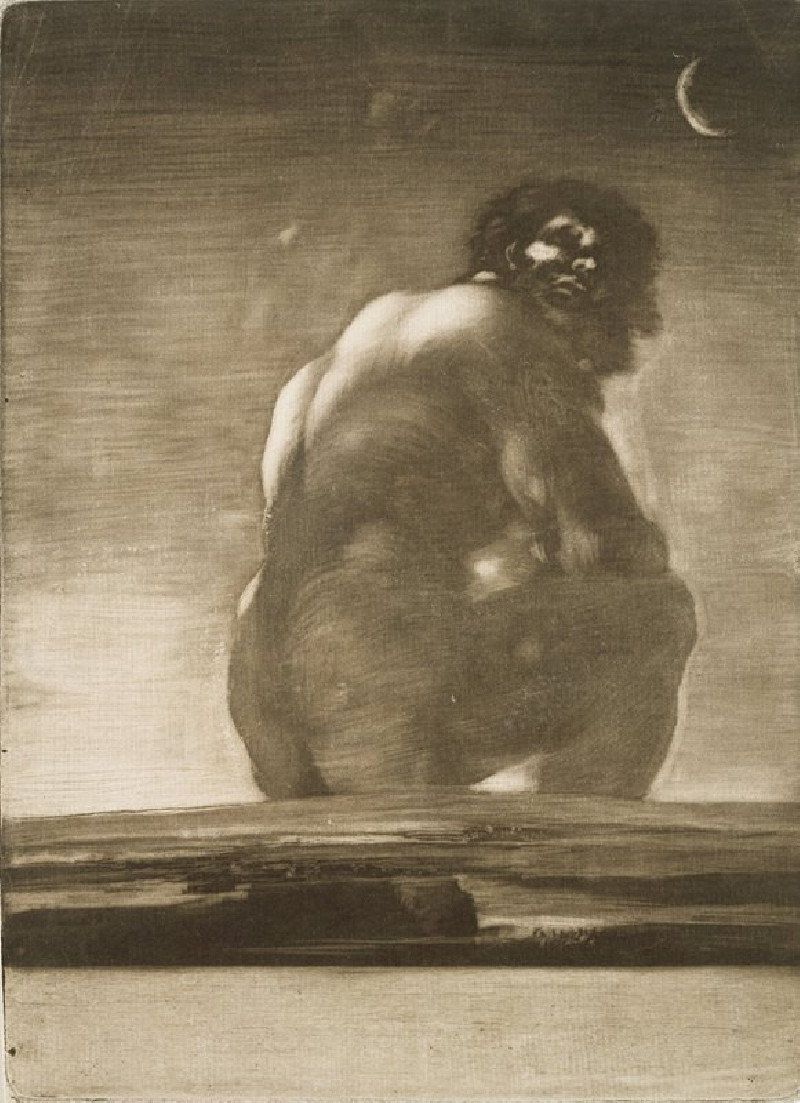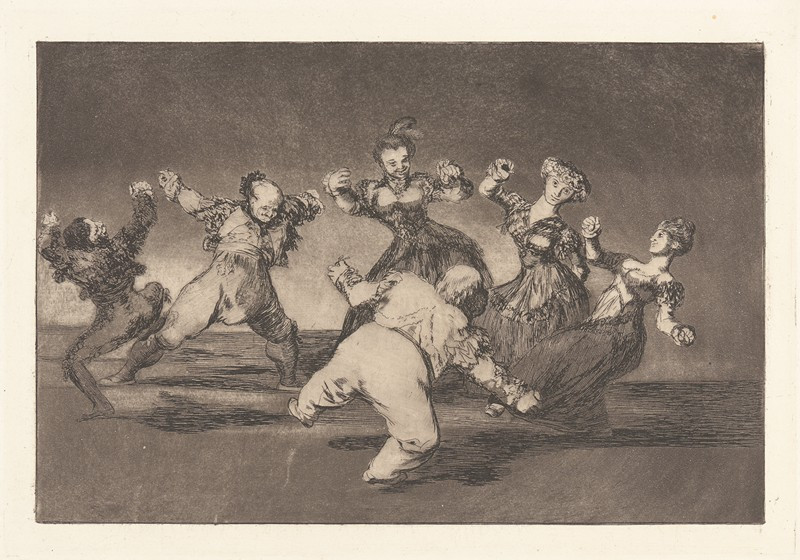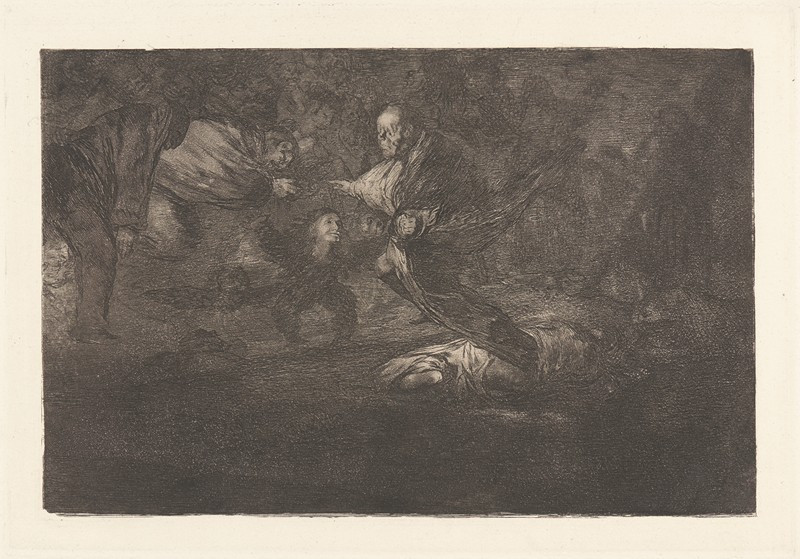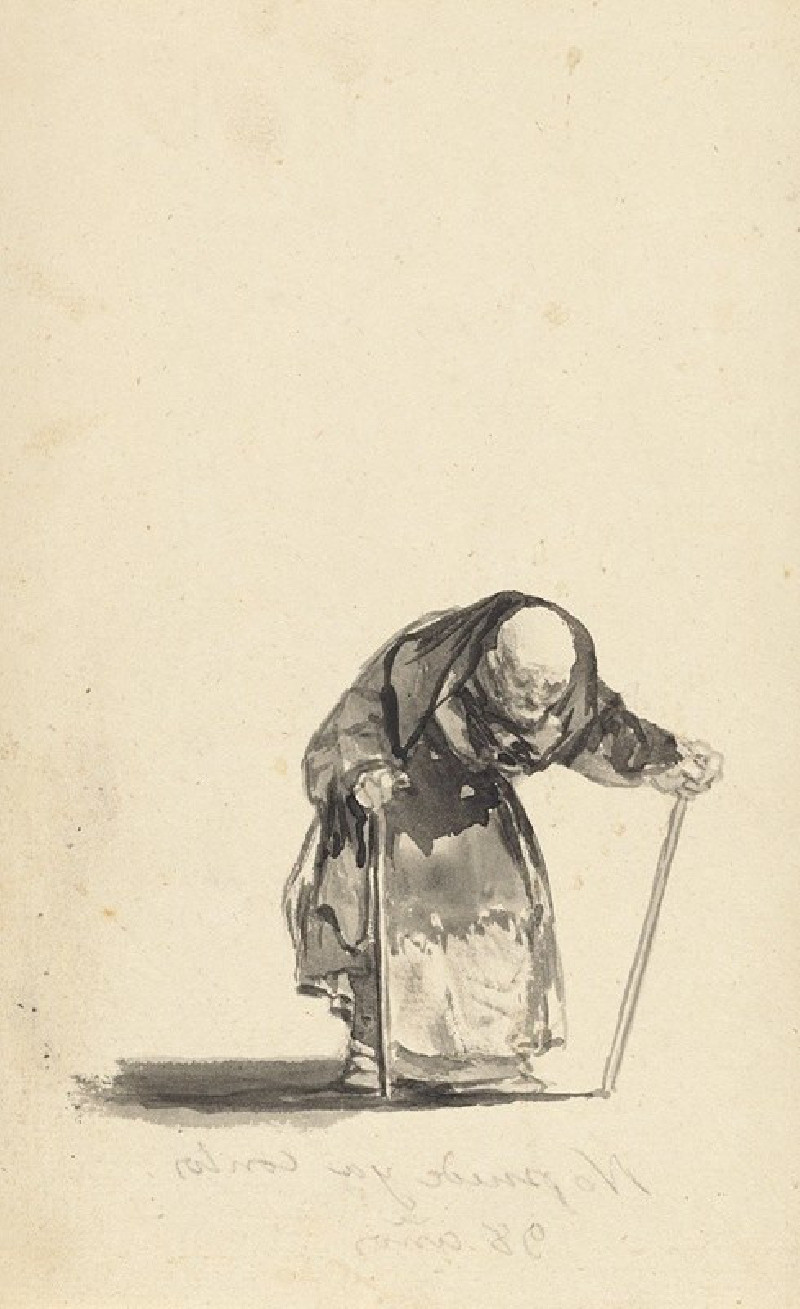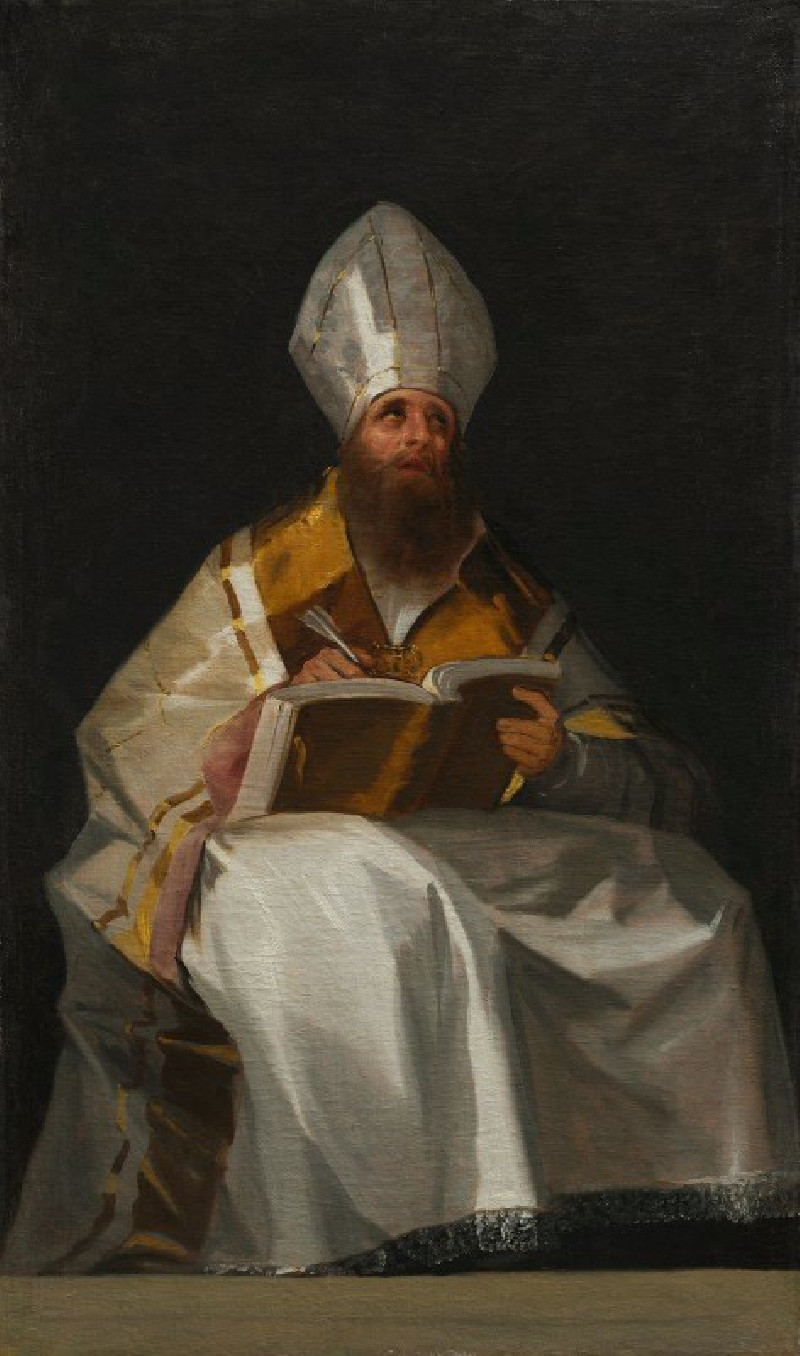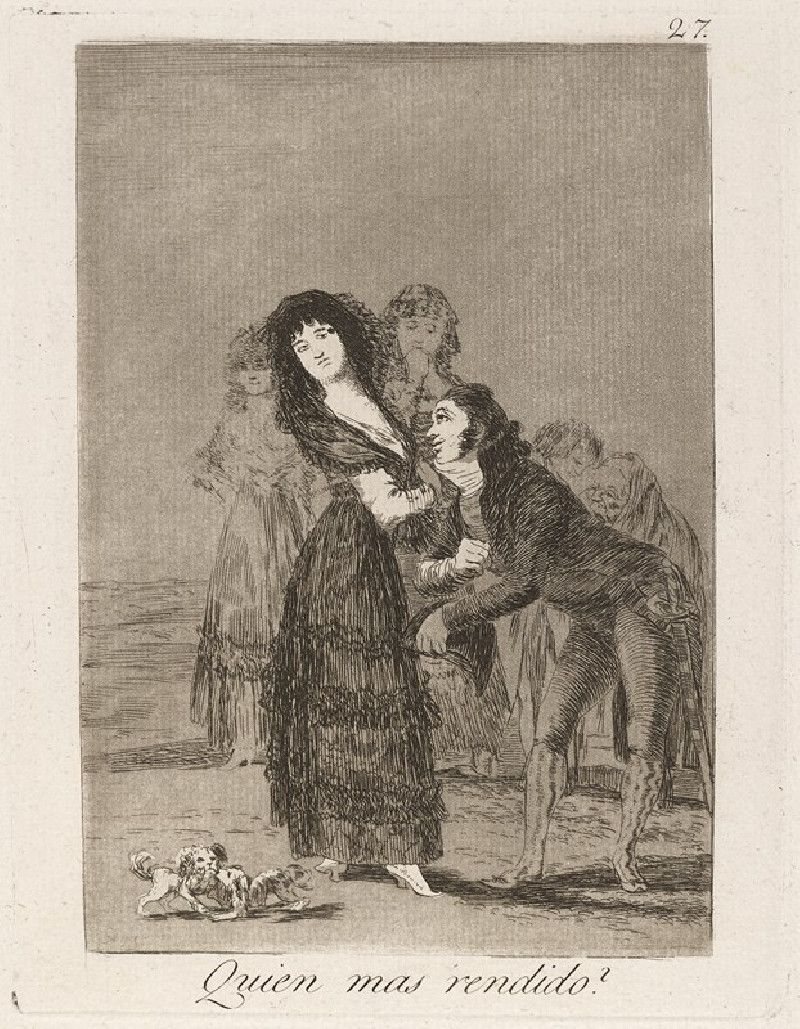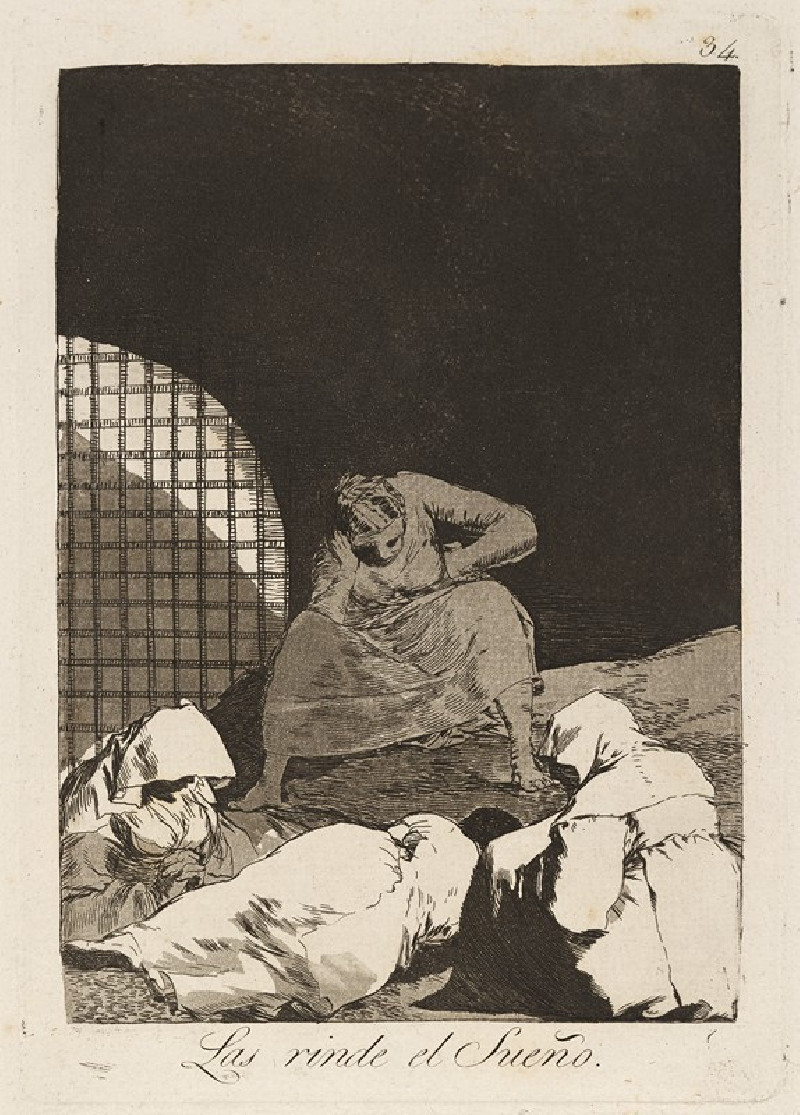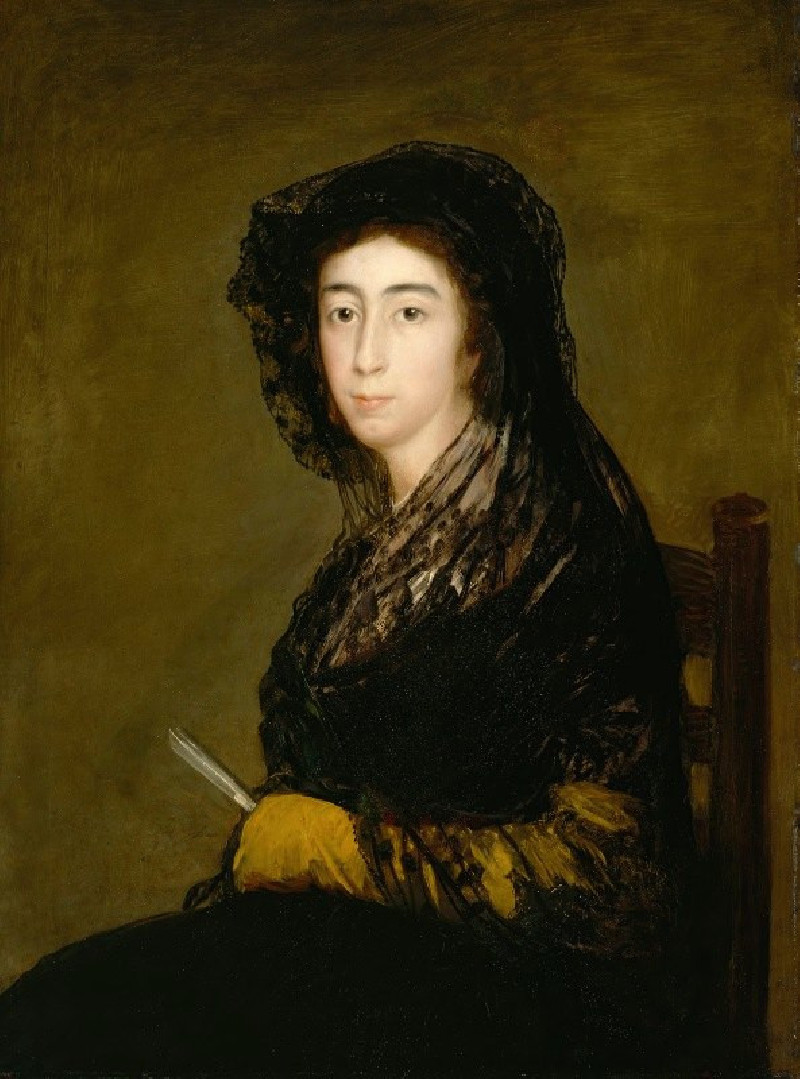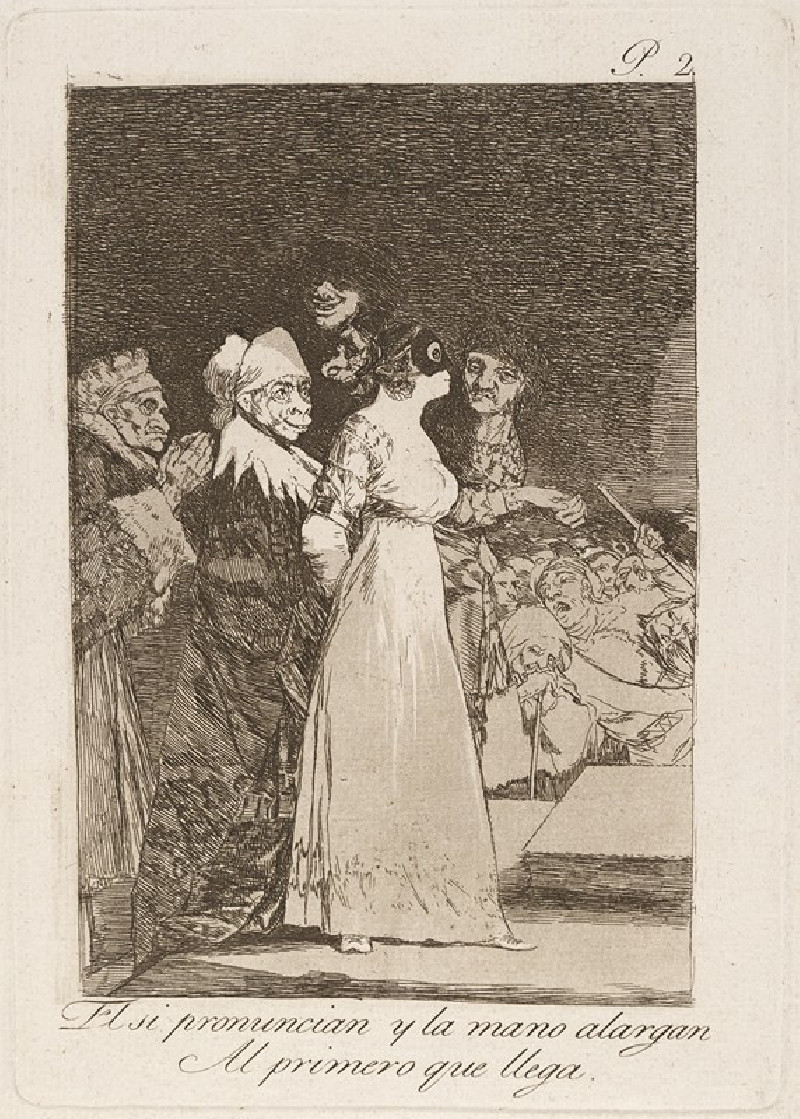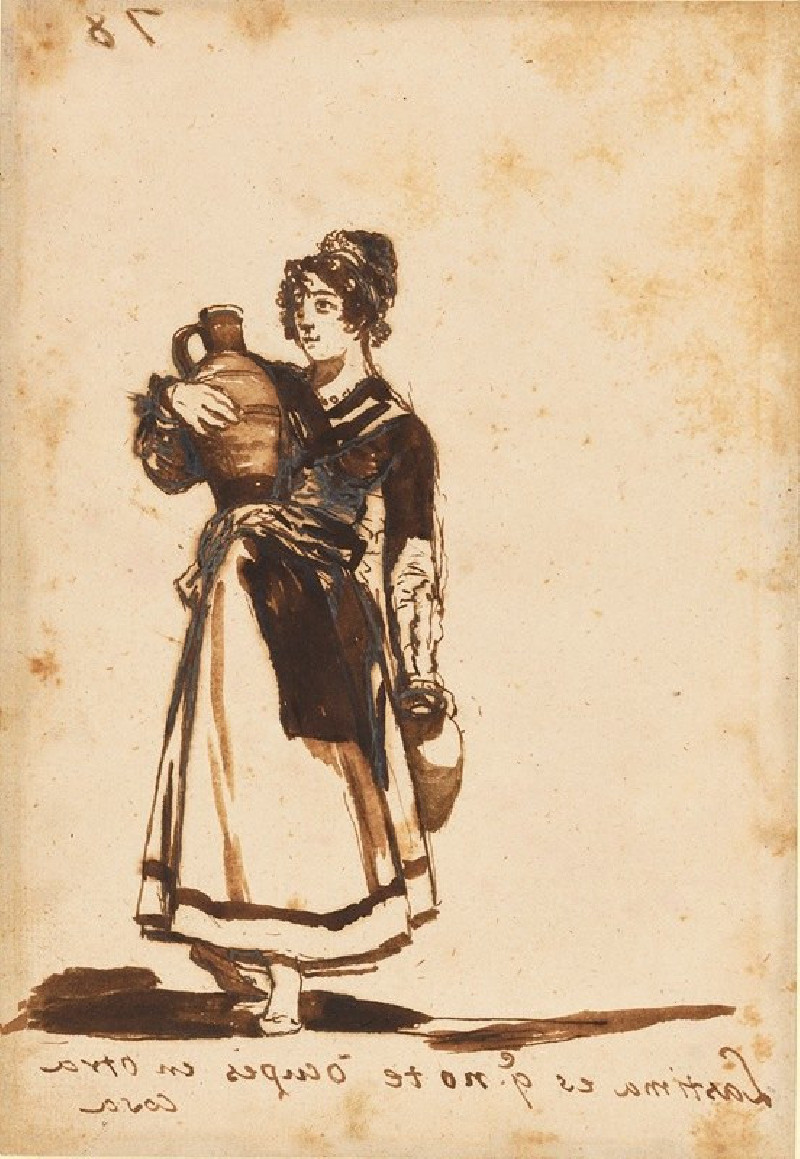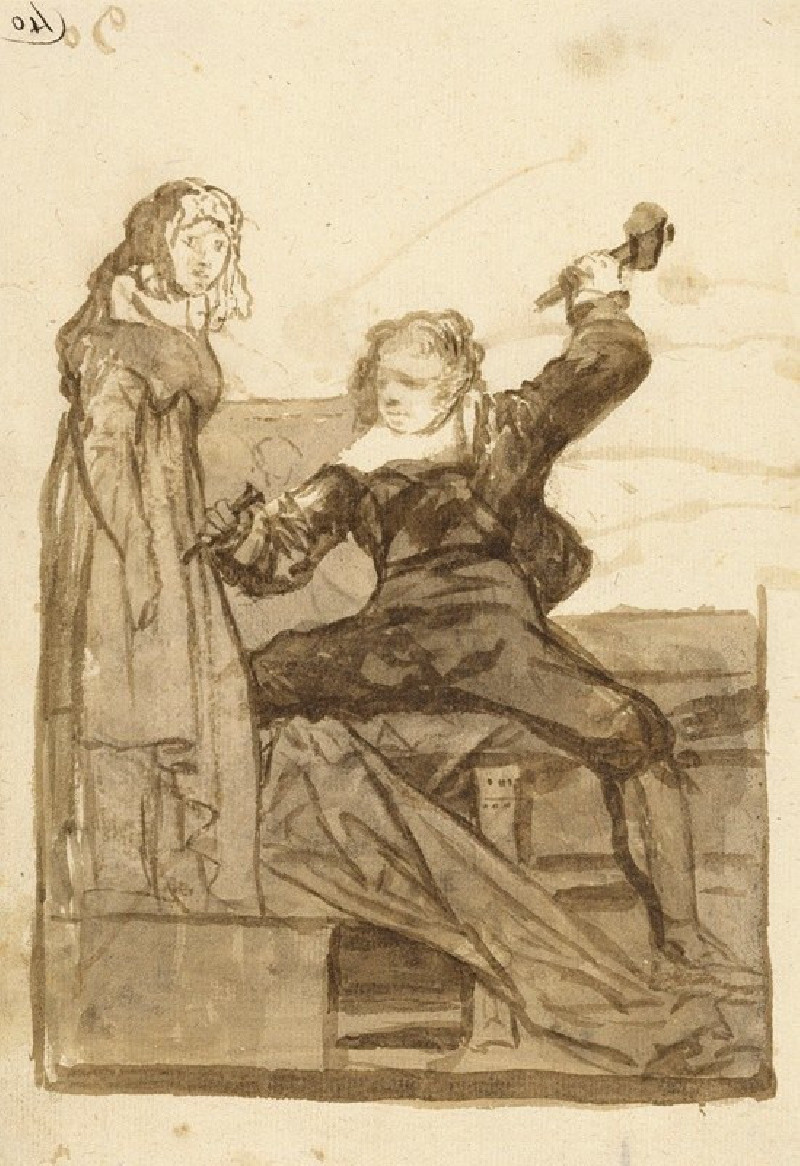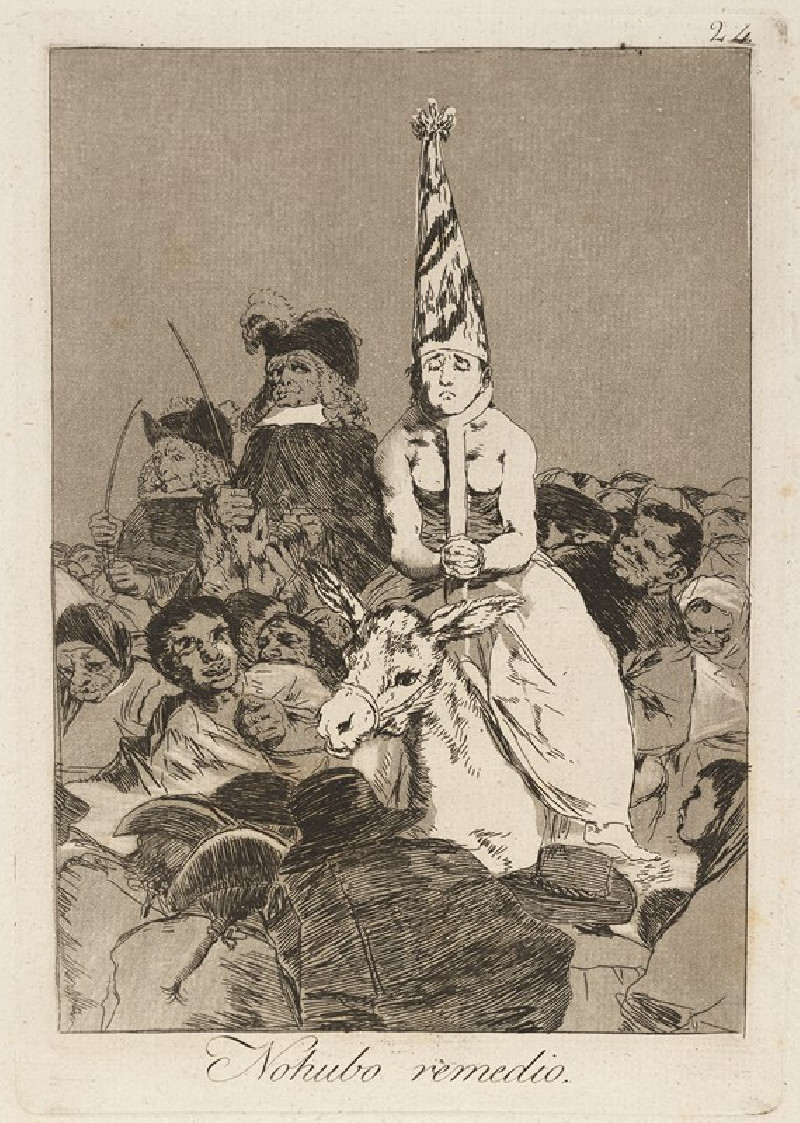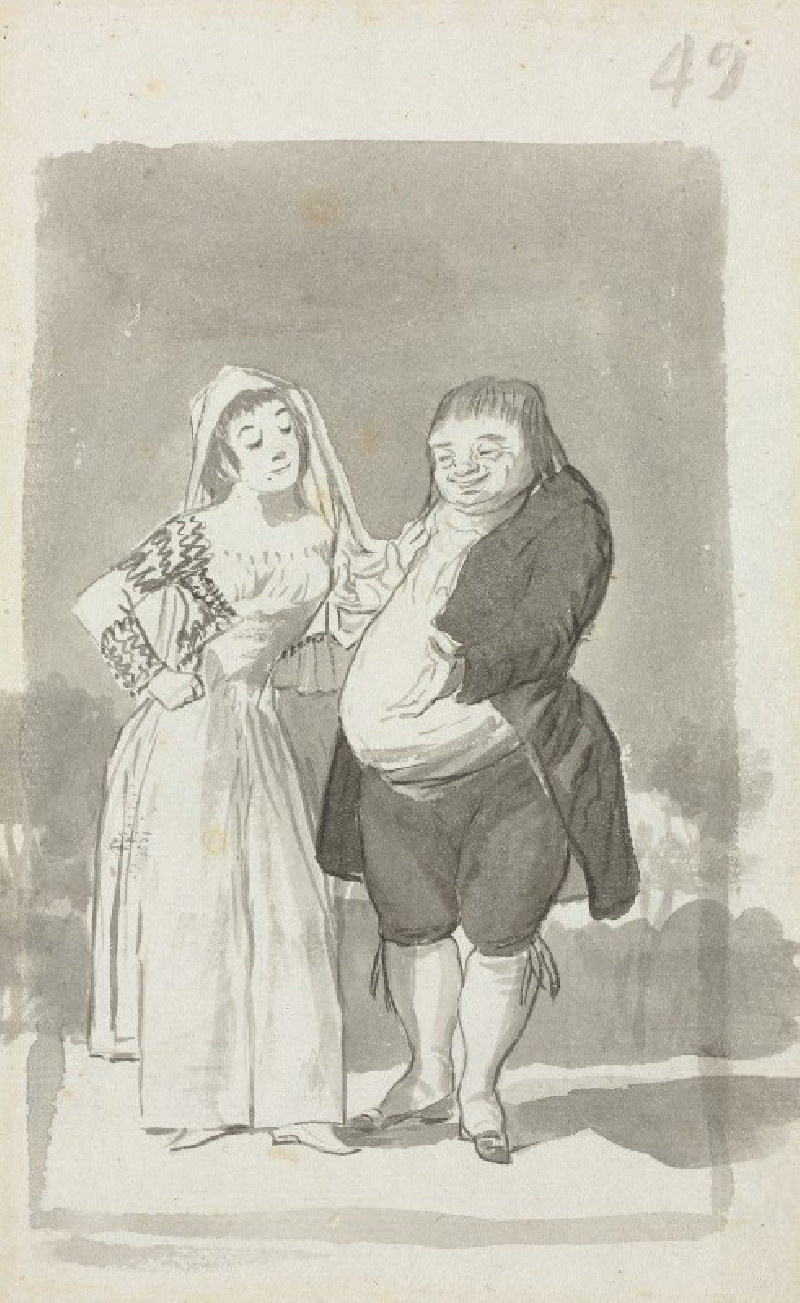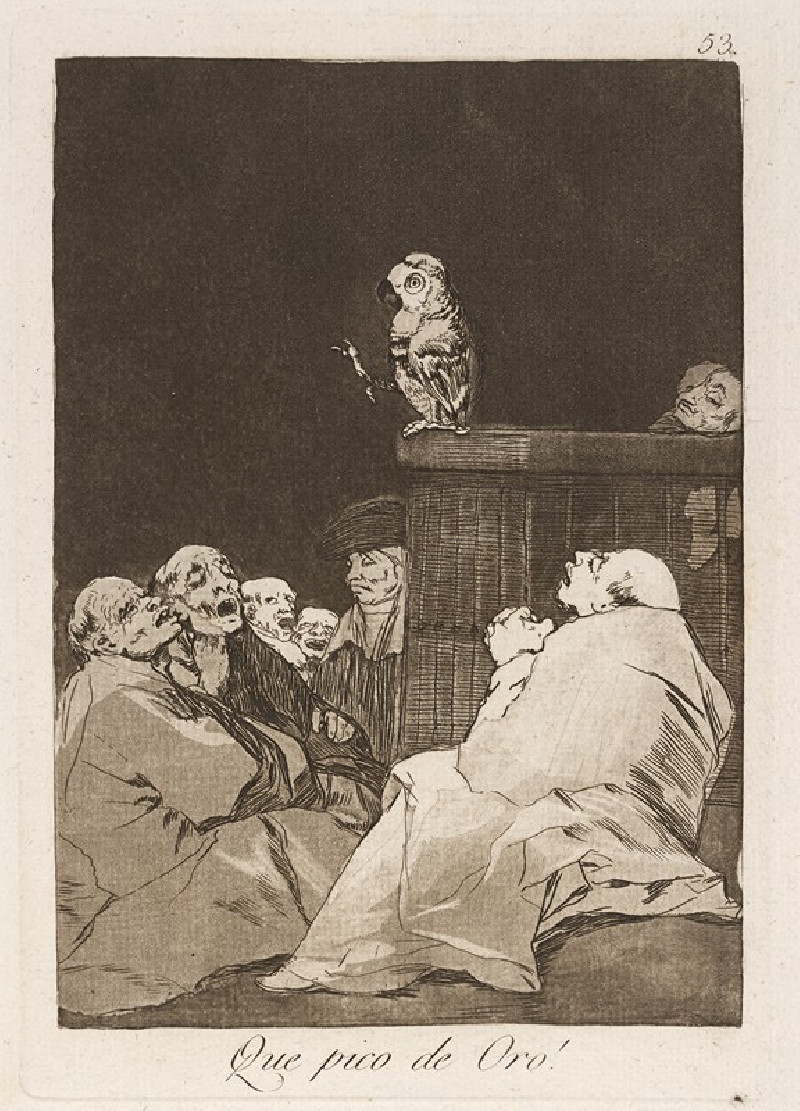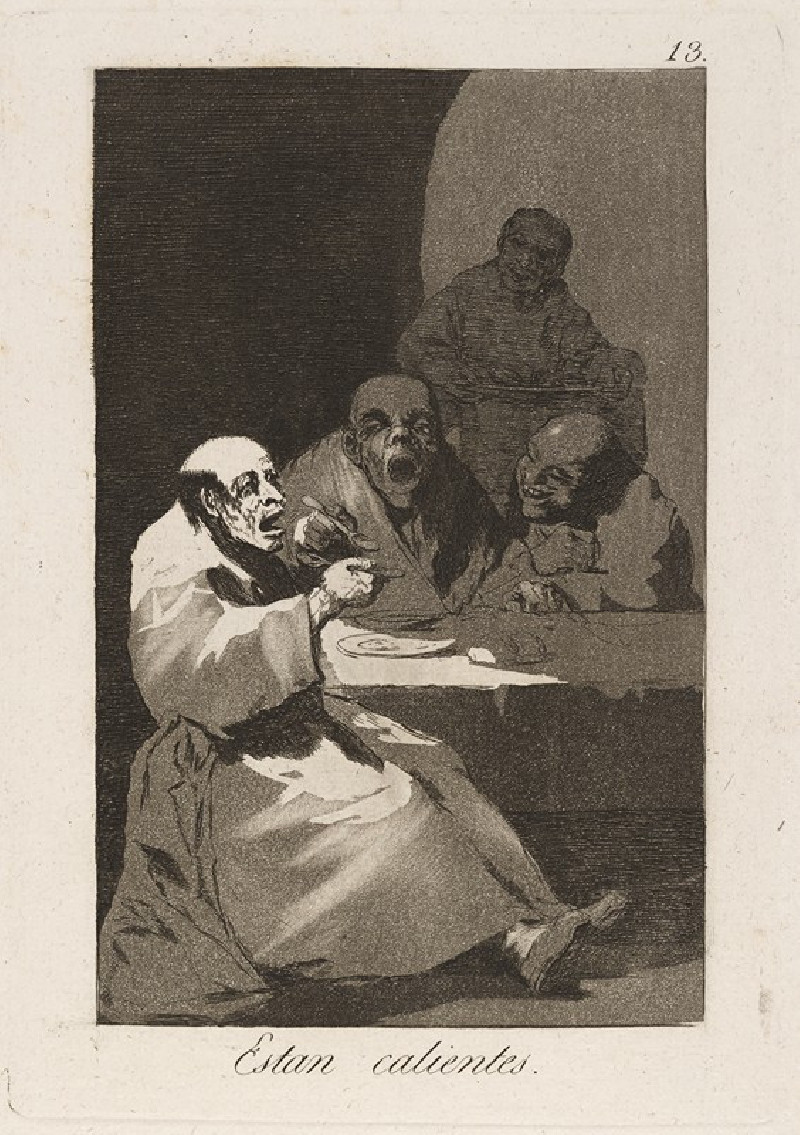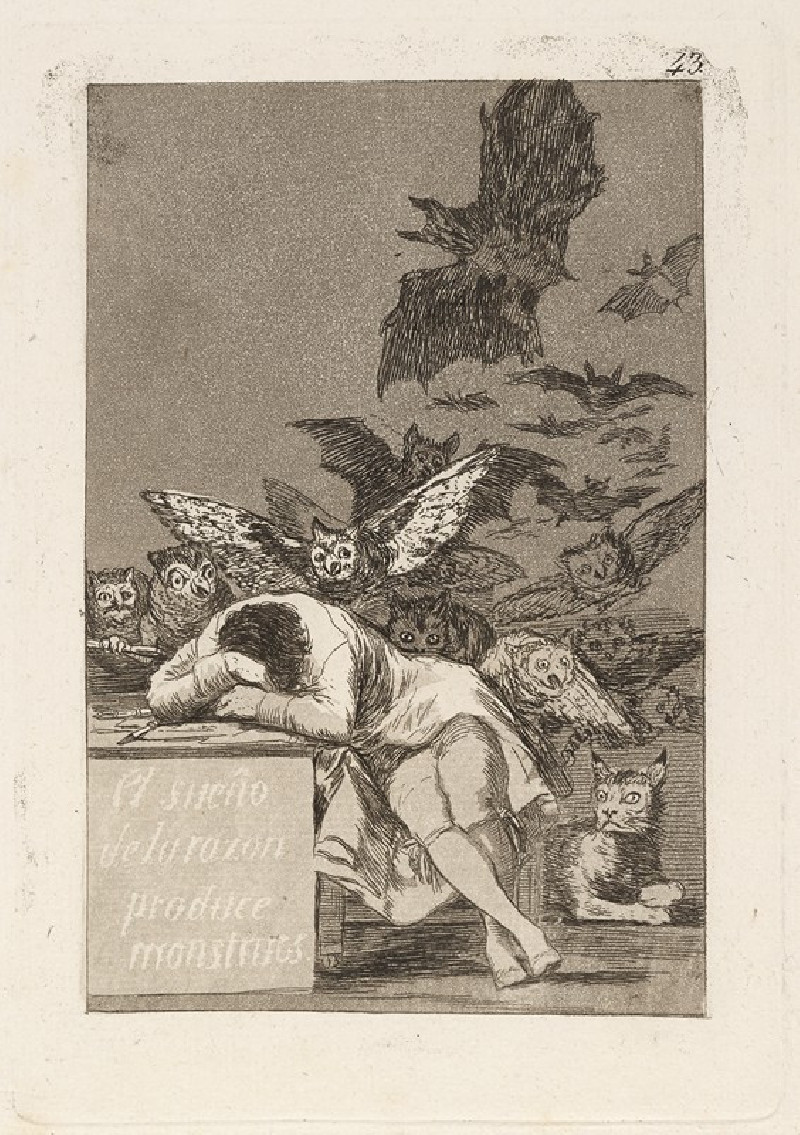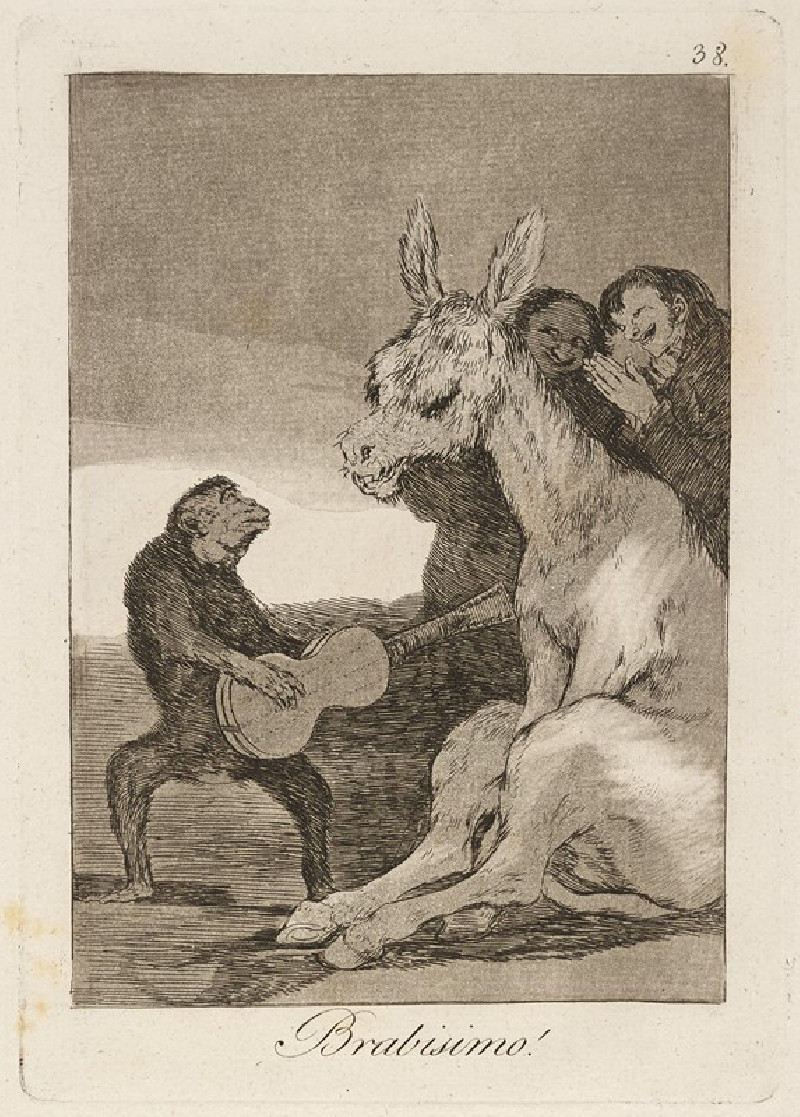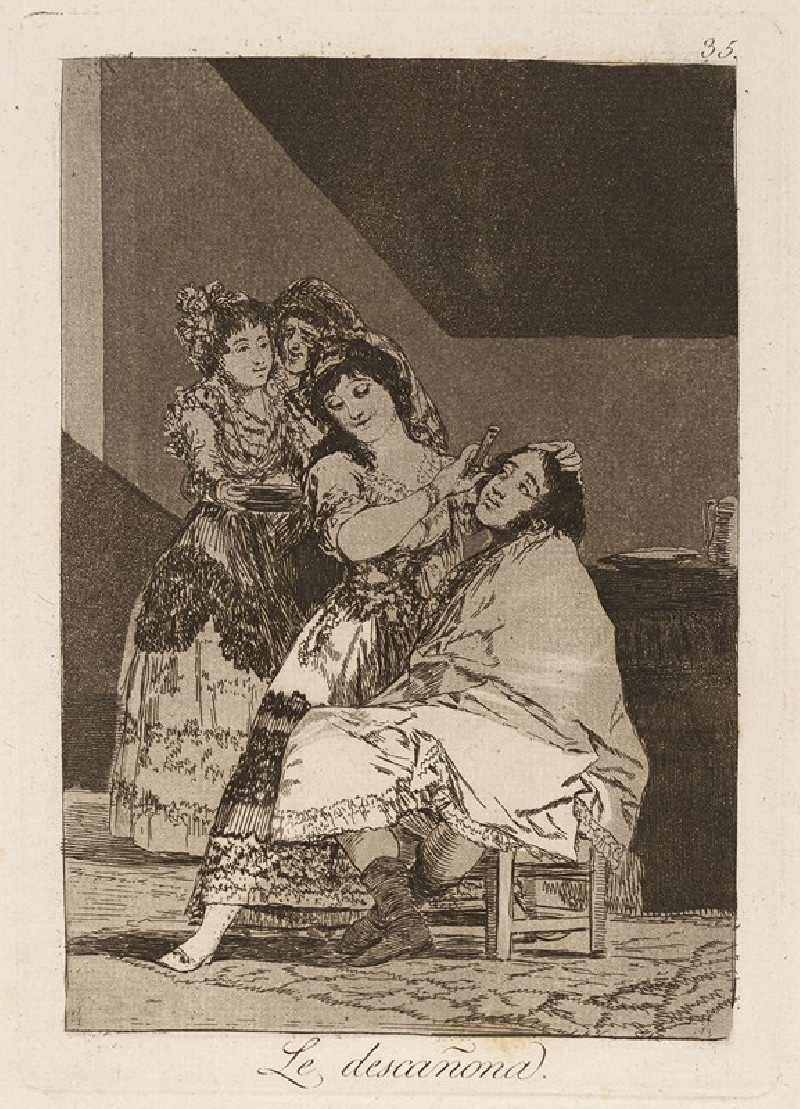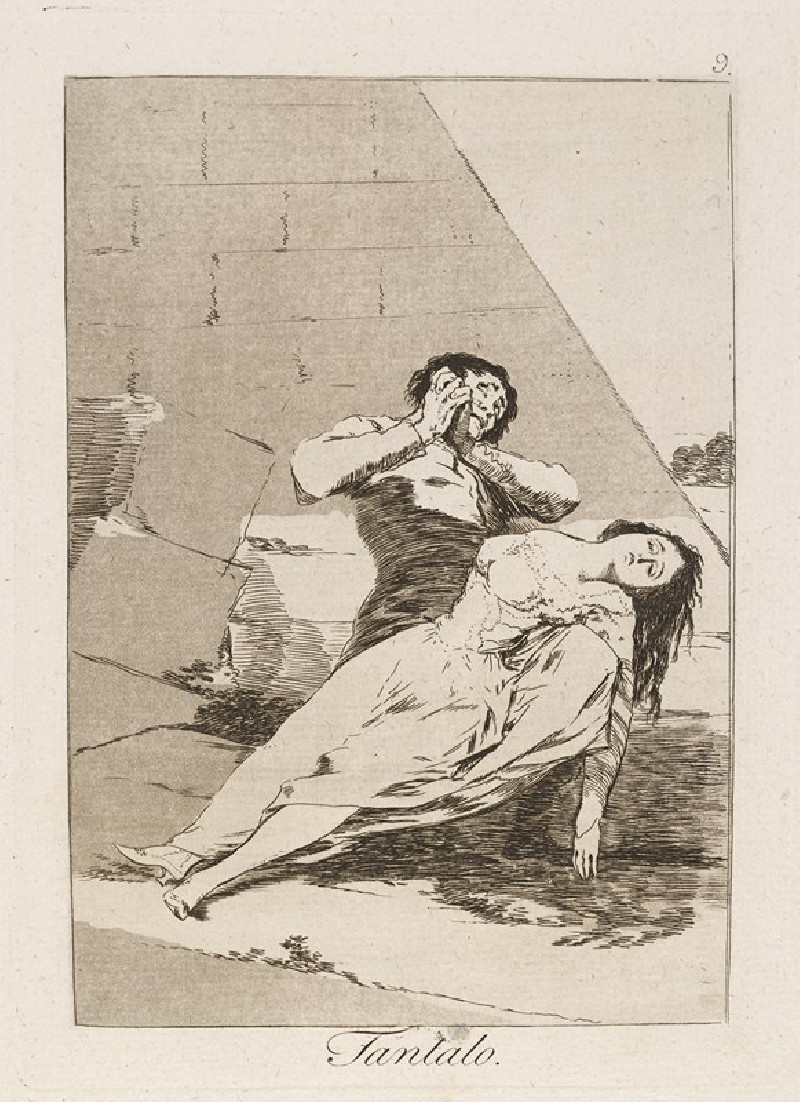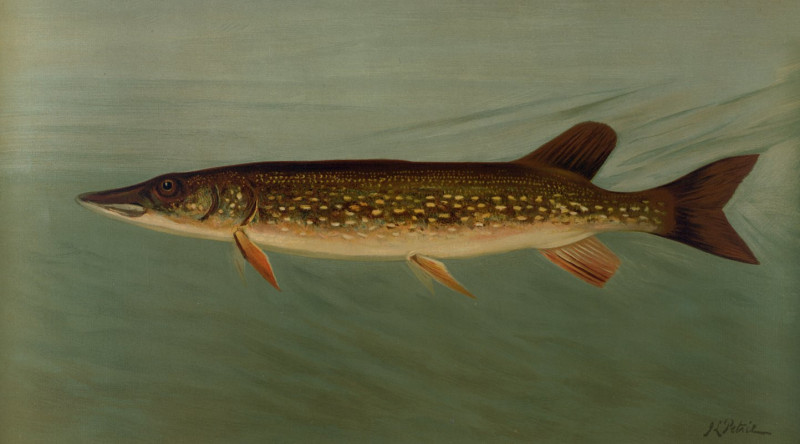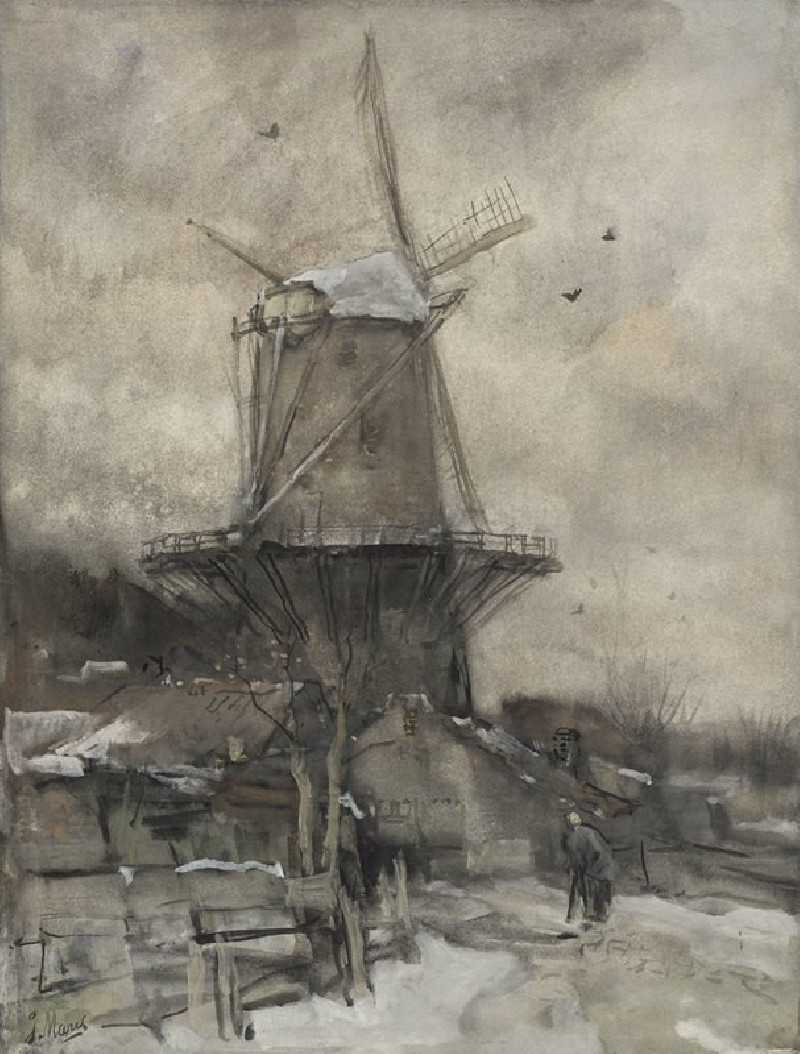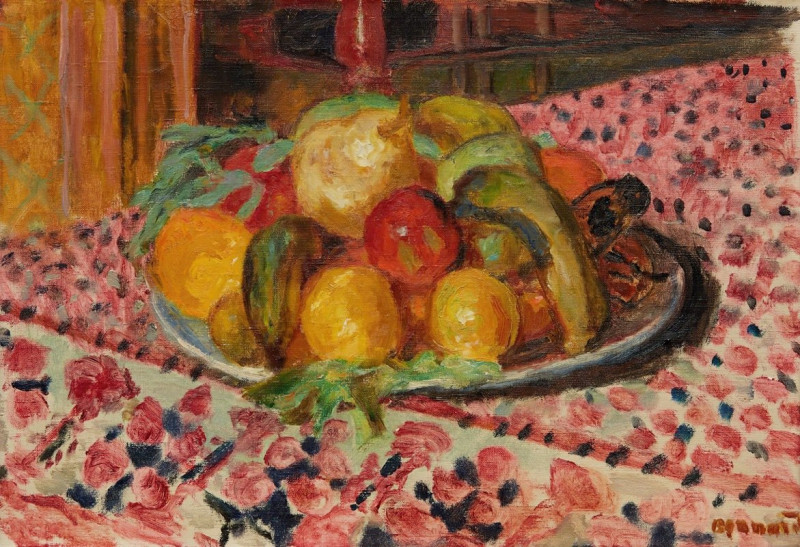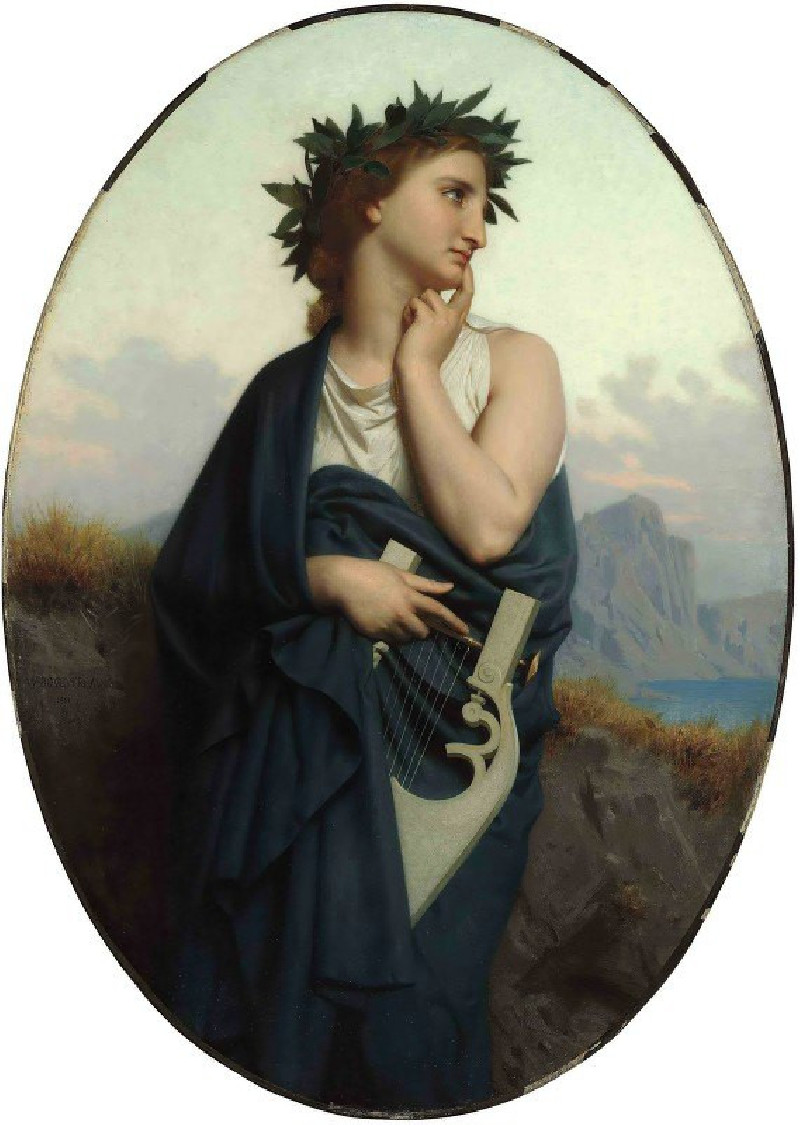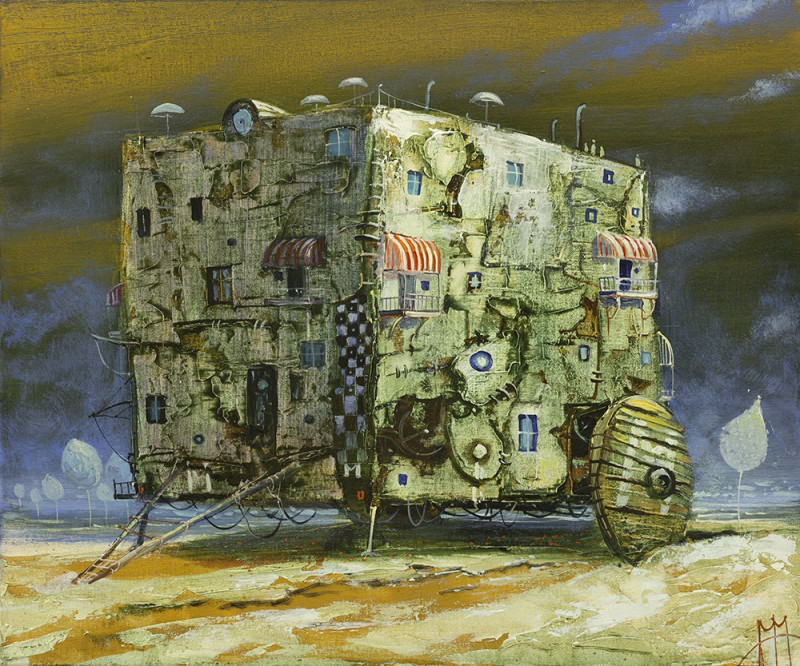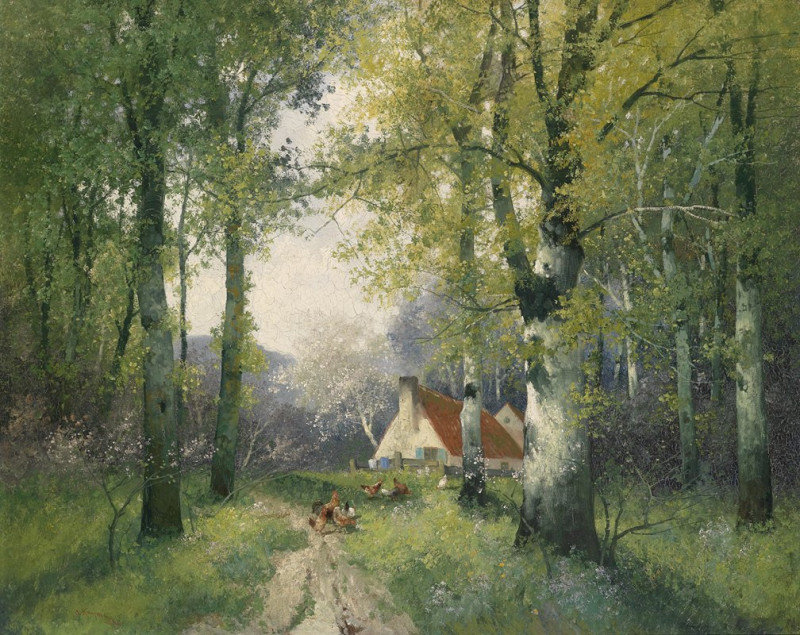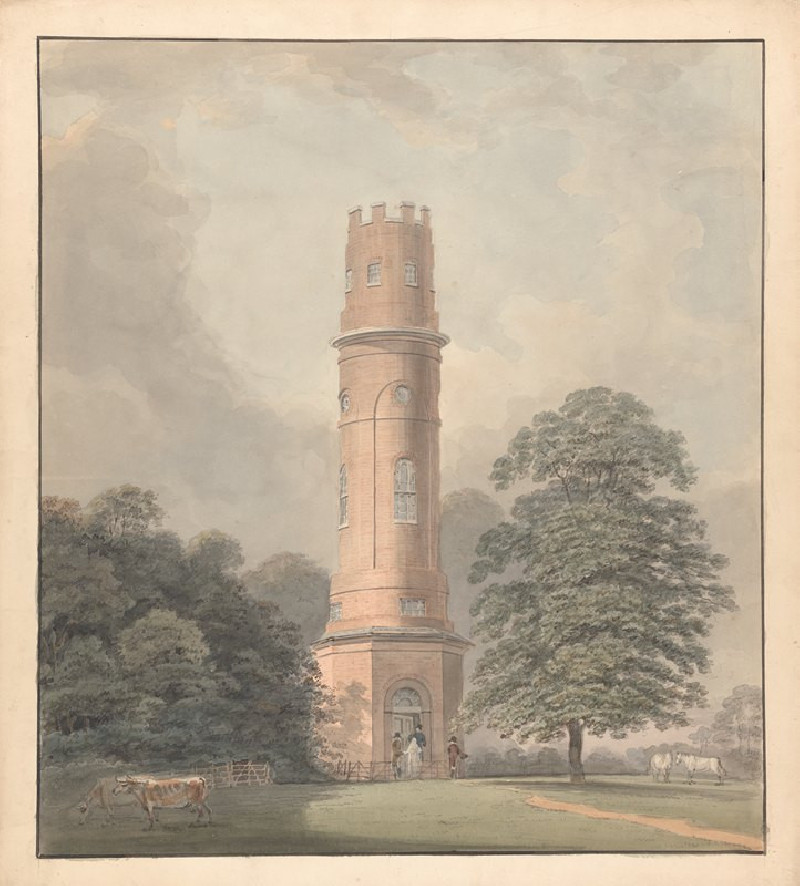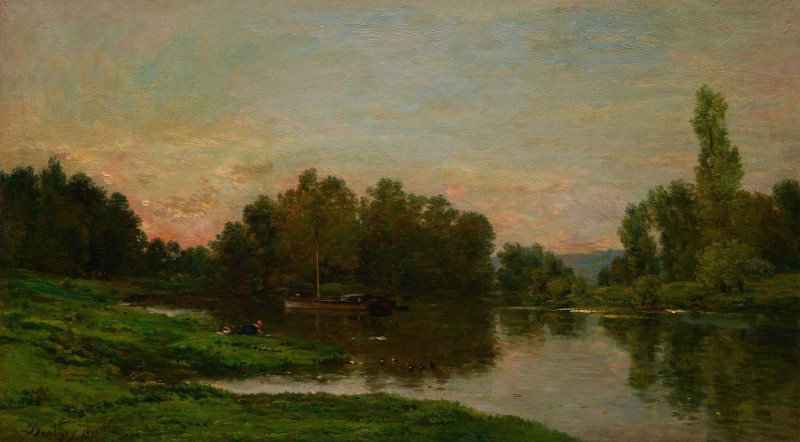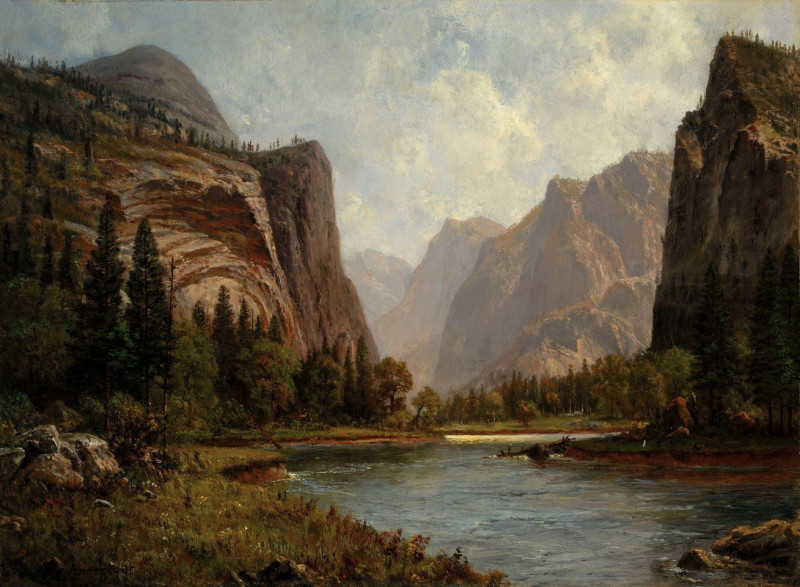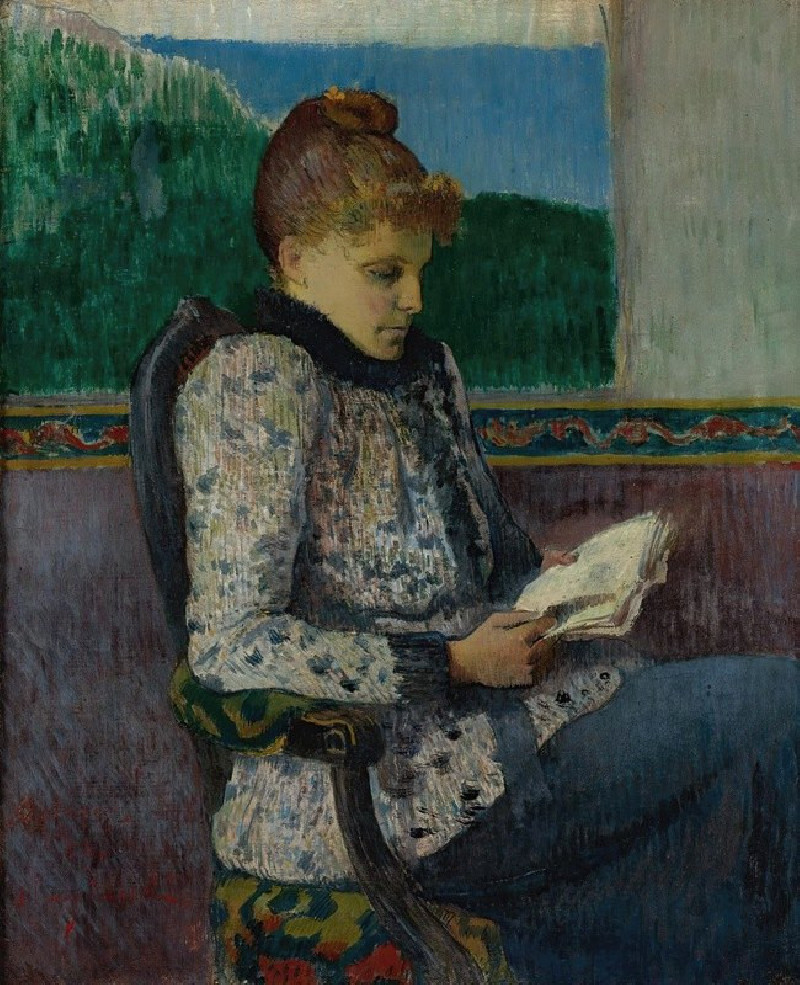Witches’ Flight (1798)
Technique: Giclée quality print
Recommended by our customers
More about this artwork
With Francisco de Goya’s "Witches’ Flight", visitors to our collection are invited to explore an eerie and captivating piece that epitomizes the Romantic movement’s fascination with the supernatural and the macabre. Created in 1798, this remarkable painting dives deep into the themes of witchcraft and dark folklore that permeates much of Goya's later work.The composition reveals a nocturnal scene where three figures, thought to be witches, are depicted soaring through the night sky, their bodies contorted as they are caught in the midst of flight. Each figure is rendered with a palpable sense of movement and terror, their limbs tangled unsettlingly with one another, as if in a macabre dance. These figures float above a desolate, shadowy landscape, where a fourth figure in a white shroud stands outstretched, presumably casting a spell or summoning the flight. On the ground, one notices an additional figure, prone and seemingly lifeless, adding a layer of ominous intrigue to the scene.Goya’s use of dim, muted tones against the stark darkness of the night sky enhances the feeling of fear and mystery that is central to this painting. This artistic choice serves not only to confront the viewer with the supernatural elements of the scene but also to reflect the turbulent political and social climate of Spain at the time Goya created this work."Witches’ Flight" is an iconic example of Goya’s ability to blend the real with the fantastical, and to engage with the cultural fears and superstitions of his time through vivid, often haunting imagery.
Delivery
Returns
Francisco José de Goya y Lucientes (30 March 1746 – 16 April 1828) was a Spanish romantic painter and printmaker. He is considered the most important Spanish artist of the late 18th and early 19th centuries. His paintings, drawings, and engravings reflected contemporary historical upheavals and influenced important 19th- and 20th-century painters. Goya is often referred to as the last of the Old Masters and the first of the moderns.



